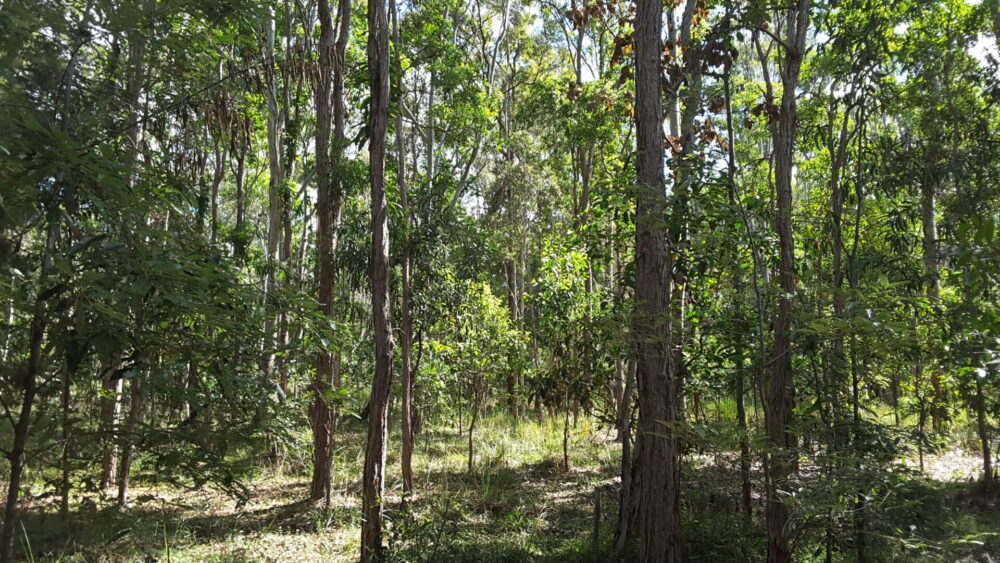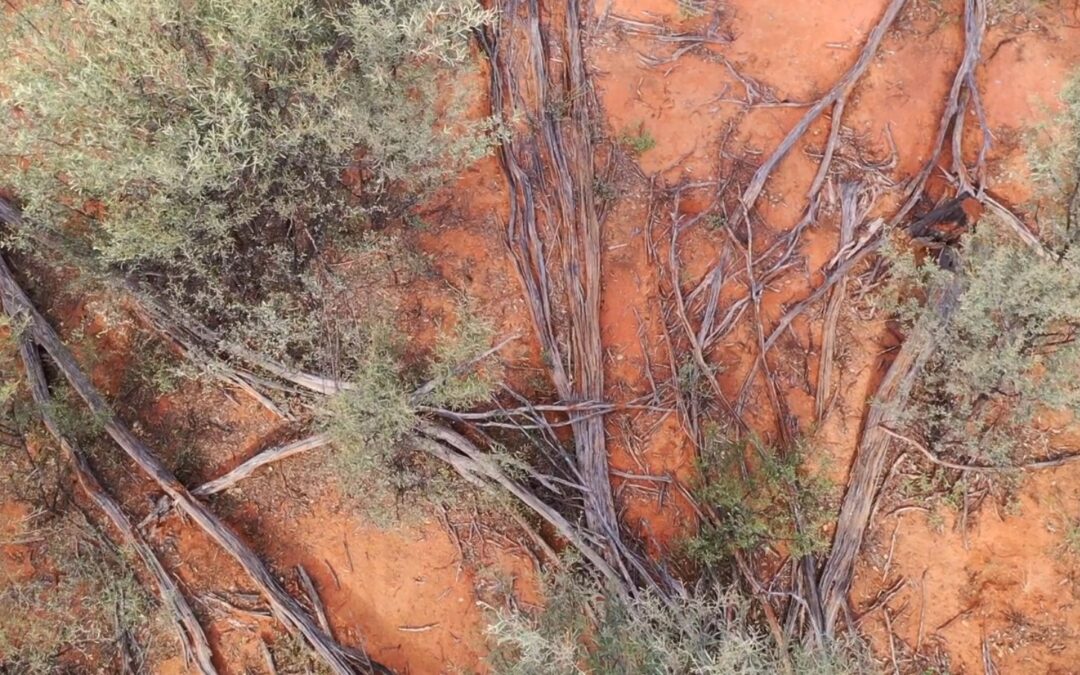
Another completed offset by CO2 Australia!
CO2 Australia is proud to announce the completion of another successful offset project. This offset is located in Victoria Point, Queensland, with the purpose of revegetating an endangered Regional Ecosystem as well as essential habitat for koalas.
The project began in 2010 to offset vegetation that was cleared for an assisted-living housing expansion. Over the past decade, CO2 Australia has been involved in the establishment, management and monitoring of the offset area. CO2 Australia also authored annual reports to summarise the photo monitoring and BioCondition assessments undertaken across the offset to track progress and improvements of the vegetation. As of 2023, the vegetation now meets the criteria to be mapped as remnant (non-degraded) under the Vegetation Management Act 2009 (Qld).
Although only 2.06 hectares, this offset provides both essential koala habitat as well as important ecological connectivity between existing vegetation in the area. This connectivity extends the remnant vegetation along Eprapah Creek into protected areas including Point Halloran Conservation Area, providing a contiguous corridor for wildlife to move through. Just prior to its completion, presence of koala was confirmed within the offset area!
CO2 Australia has two decades of experience delivering biodiversity offsets under State and Commonwealth frameworks. We are one of the few companies that can offer end-to-end offset services, from the development of offset strategies right through to securing and managing the offset to completion. If you would like to find out more about how CO2 Australia can help you deliver your project’s offset requirements, or are a landholder interested in offsets as an additional source of revenue, submit an enquiry through our website or contact us at [email protected].



